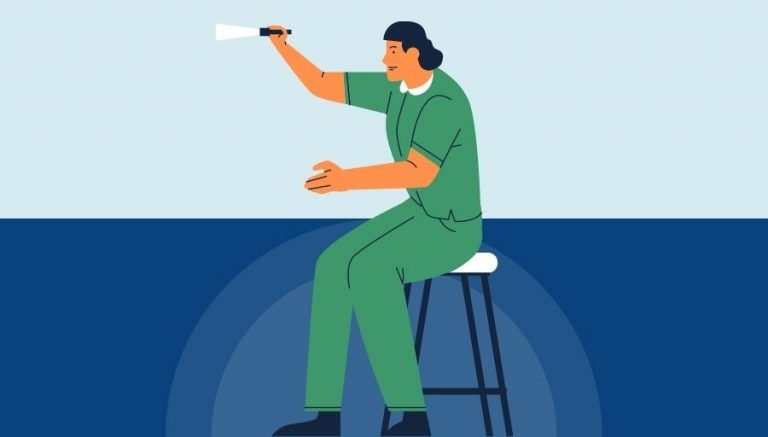ICD 10 CM S32.423B | Description & Clinical Information
ICD 10 S32.423B describes a type of injury resulting from trauma, such as motor vehicle accidents, falls, and sports injuries, which involves a break in the portion of the acetabular socket closest to the back of the body on the acetabulum’s posterior wall, where the fractured fragments move out of their original position, and the provider does not specify whether it is the left or right acetabulum, and this code is used for the initial encounter for open fracture.
Official Description Of S32.423B
The ICD 10 CM book defines ICD 10 code S32.423B as:
Code also: any associated fracture of pelvic ring (S32.8-)
Includes: fracture of lumbosacral neural arch
fracture of lumbosacral spinous process
fracture of lumbosacral transverse process
fracture of lumbosacral vertebra
fracture of lumbosacral vertebral arch
Excludes1: transection of abdomen (S38.3)
Excludes2: fracture of hip NOS (S72.0-)
Code first any associated spinal cord and spinal nerve injury (S34.-)
Clinical Information
The diagnosis describes by the ICD 10 CM S32.423B code pertains to an injury that affects the hip joint. Specifically, it denotes a displaced fracture of the posterior wall of an unspecified acetabulum. Acetabulum is the cup-shaped cavity in the hip bone where the femoral head or the ball of the thigh bone connects. The fracture can result from a traumatic event, such as a fall, car accident or sports-related injury, where a forceful impact on the hip joint occurs.
Patients who suffer from a displaced fracture of the posterior wall of an unspecified acetabulum typically experience severe pain that can radiate to the groin, thigh or leg. The affected area may also become swollen, stiff and tender to the touch, with limited mobility or movement of the lower extremity. Patients may also report numbness, tingling sensations, and muscle spasms, which can further limit their ability to bear weight on the injured hip joint.
To confirm the diagnosis, healthcare providers usually conduct a comprehensive assessment that includes obtaining a patient’s medical history and conducting a physical examination. Medical imaging techniques such as X-rays, computed tomography (CT) scan, and magnetic resonance imaging (MRI) may be necessary to get a detailed view of the damage to the acetabulum and whether there are other pelvic injuries. Laboratory tests may also be required to rule out any underlying medical conditions that may affect treatment outcomes.
Treatment options for a displaced fracture of the posterior wall of an unspecified acetabulum depend on the severity of the injury, the age and overall health of the patient, and the availability of medical resources. Providers often prescribe pain medication, anti-inflammatory drugs, and muscle relaxants to help reduce pain and inflammation. In some cases, patients may need to be placed on bed rest to prevent further damage and allow the body to heal naturally. Physical therapy may be recommended after the acute phase of the injury to help improve range of motion, flexibility, and muscle strength.
For more severe cases, healthcare providers may opt for skeletal traction, which utilizes weights and pulleys to help stabilize the hip joint and promote better alignment. If the displaced fracture involves multiple broken pieces, open reduction and internal fixation surgery may be necessary to realign the pieces and secure them with metal screws or plates. Despite the best efforts of healthcare providers, some patients may experience long-term complications such as nerve damage or arthritis, which may require ongoing medical management.
In conclusion, a displaced fracture of the posterior wall of an unspecified acetabulum can have significant consequences for patients. Timely and appropriate medical intervention can provide pain relief, improve mobility and quality of life, and reduce the risk of long-term complications. Healthcare providers must take a comprehensive approach to assess and manage this injury to ensure the best possible outcomes for their patients.



